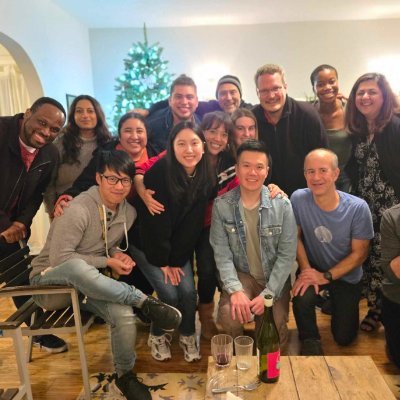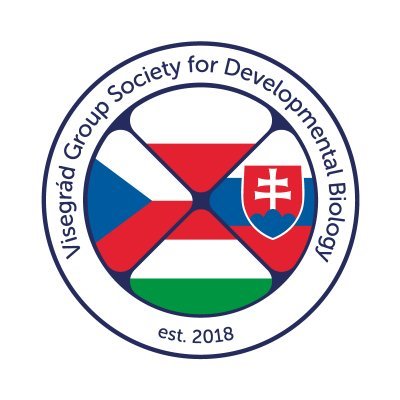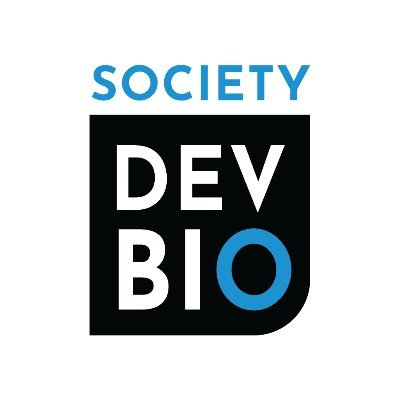
Crump Lab
@CrumpLab
Followers
921
Following
478
Media
49
Statuses
280
We study development and regeneration of the head skeleton, primarily using zebrafish.
Los Angeles, CA
Joined June 2010
1/9 Thrilled to share that our paper, “Origin of Ewing sarcoma by embryonic reprogramming of neural crest to mesoderm,” is now published in @CellReports! @amatrudalab.bsky.social @CrumpLab
https://t.co/Eioj5M6Nrr
cell.com
Using a zebrafish genetic model of Ewing sarcoma, Vasileva et al. provide evidence for a neural crest origin of the disease. These findings offer new insight into how a single oncogenic fusion can...
1
1
0
Wow, that was amazing! We thank everyone for attending the V4SDB 2025 meeting! You all made it an excellent conference, where we had the opportunity to hear from outstanding speakers,share ideas and experiences, and of course have some unforgettable time during social activities!
5
6
8
Meet USC’s CIRM Scholar Alumna Joanna Smeeton, Assistant Professor at Columbia University. @smeetonlab @USCStemCell @KeckSchool_USC @CrumpLab @cscicolumbia
https://t.co/8SeO5FFNuB
0
1
4
Partnering with @USCStemCell and @CIRMnews to train the next generation of leaders in stem cell research. Since 2006, CIRM has supported 110 USC scholars who have gone on to drive innovation in academia, biotech, and patient care. https://t.co/k9TzQyvmsT
1
4
9
While I’m a big fan of new technologies that help us study human biology…there’s still no replacement for animal research! I wrote an article outlining this in @GENbio
https://t.co/CGXeaMs7Fa
genengnews.com
The portrayal of uncaring scientists without any thought for the animals being used in their research is far from the truth.
5
72
214
$13.5 million from a CIRM Scholars program at @USCStemCell has supported and will support 110 trainees, including PhD students, postdocs and clinical trainees. They've had an outsized impact on the biomedical field. @cirmnews @KECKSchool_USC
stemcell.keck.usc.edu
To accelerate stem cell treatments to patients with unmet medical needs, the California Institute for Regenerative Medicine (CIRM) has always recognized the need to educate and train a scientific...
0
8
14
Great write up from Mathi on her PhD journey @USCStemCell @KECKSchool_USC
Fish, Frogs, Friends, Lend me your Ears. 🐟🐸🐁🦎 Read this 'Behind the paper' story from @MathiThiru95 about her PhD work with @CrumpLab: https://t.co/5ac9JoYeLH
#DevBio #EvoDevo
0
0
3
The Society for Developmental Biology has released a statement on how the Abrupt Dismissal of NIH and NSF Staff Undermines Government Efficiency. https://t.co/q8D2cR0S3B
0
24
45
Nice article in Scientific American about our work on outer ear evolution and a complimentary study from the lab of Maksim Plikus on role of unique lipids in mammalian ear cartilage. @MathiThiru95 @USCStemCell @KECKSchool_USC
https://t.co/ugFmdQXH5v
scientificamerican.com
The genes that build the cartilage of fish gills were repurposed to build the cartilage in mammals’ outer ears
0
11
48
You can view the PDF of our gills to outer ears paper here: https://t.co/HIyAjizvYB Also the link to the article on Nature is now working again:
0
6
27
Our work challenges notions of evolutionary homology. While the function, position and cell type composition of gills and outer ears have greatly shifted, their use of a core gene regulatory program suggests deep homology beyond simply co-option. 14/n
1
5
57
Sutton also describes Egyptian goats with wattles containing elastic cartilage. Innervation by glossopharyngeal nerves suggests a third arch origin as with fish gills. Thus, the position of elastic cartilage outgrowths is dynamic even in mammals. 13/n
2
3
35
Our work may also explain rare human cervical chondrocutaneous branchial remnants. As described by Sutton in 1890, these outgrowths containing elastic cartilage appear on the neck, potentially reflecting atavism to a gill-like state. 12/n
1
4
47
Our cross-species enhancer testing suggests that an ancient gill gene regulatory program was used to make outer ears. In absence of fossil data, we cannot be sure if this involved successive modification of gills or repurposing of a gill program. 11/n
1
2
43
In single-cell multiomic profiling of book gills of the Atlantic horseshoe crab, we found a similar Dlx/distalless program for gill outgrowth. Remarkably, a horseshoe crab distalless enhancer drove transgenic gill expression in zebrafish.
1
2
28
In single-cell multiomic profiling of book gills of the Atlantic horseshoe crab, we found a similar Dlx/distalless program for gill outgrowth. Remarkably, a horseshoe crab distalless enhancer drove transgenic gill expression in zebrafish. 10/n
2
2
42
We next asked whether gill elastic-like cartilage might predate vertebrates. Work from Brian Hall, Philip Person, Martin Cohn, Daniel Medeiros, and others had suggested some invertebrates have cartilage-like tissue in their gills and tentacles. 9/n
1
1
34
While we were not able to test enhancer activity in reptiles, with Tom Lozito @USCStemCell we found that the extracolumella that supports the ear canal of the green anole lizard is an elastic cartilage morphologically similar to that in gills and outer ears. 8/n
1
2
33
But what happened during the evolution of fishes to mammals? With crucial help from Hellen Willsey @goodfrognosis, we tested fish gill and human outer ear enhancers in transgenic Xenopus tadpoles and found activity in nascent amphibian gills or their elastic cartilage. 7/n
1
1
37
Homology between fish gills and the outer ear extend beyond just elastic cartilage. We identified 27 gill outgrowth enhancers with sequence conservation in the human genome. One in the DLX5/6 locus drove expression in nascent fish gills. 6/n
1
3
37











